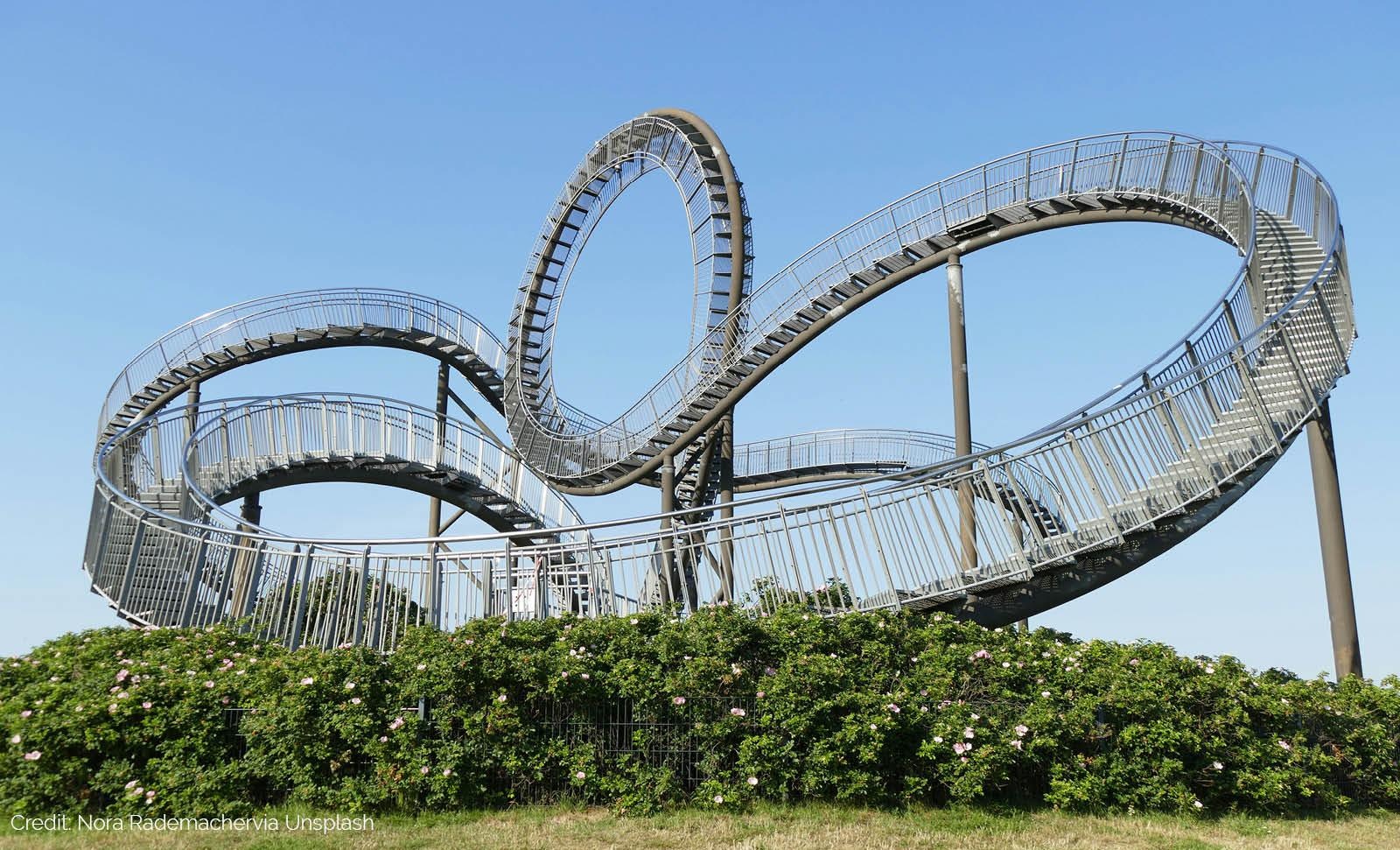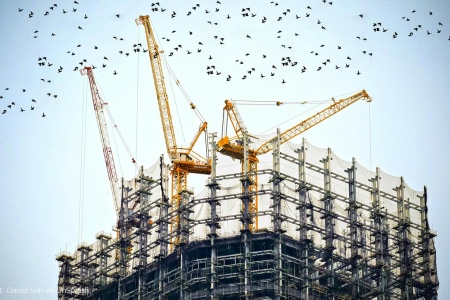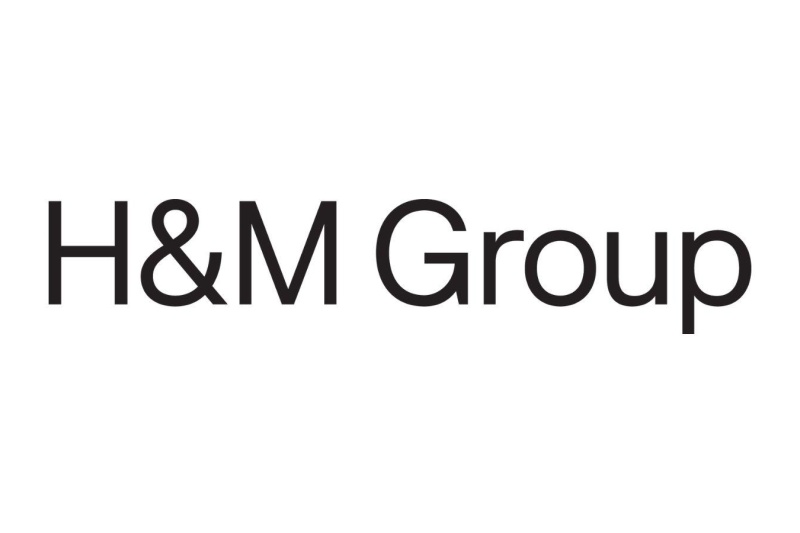
Forging a sustainable path: the rise of science-based targets in the steel sector
3rd Jul 2024
Brenda Chan, Technical Manager at the Science Based Targets initiative (SBTi) and co-author of the Steel Science-Based Target-Setting Guidance, highlights the significance of the first steel company 1.5°C science-based targets validated in accordance with this guidance.
The steel industry stands as a cornerstone of modern civilization - essential to infrastructure, transportation, manufacturing, renewable energy and countless consumer products. As the world strives towards a net-zero future, this industry finds itself at a critical juncture. Responsible for 7% of global energy sector CO2 emissions, the steel sector is a substantial contributor to climate change, however it can also be a crucial player in the global transformation to net-zero. Taking decisive action to decarbonize is not only imperative for companies in this industry to achieve climate goals, but also essential for securing resilience and relevance in a rapidly changing economic landscape.
In September 2023, the SBTi released the world’s first science-based decarbonization framework for all iron and steelmakers worldwide to develop and set near- and long-term emissions reduction targets within the unique context of the industry. Taking into account future global steel demand, data limitations, accessibility of key technologies and availability of steel scrap, the SBTi Steel Guidance indicates how much and how quickly a company needs to reduce emissions to be in line with science.
The development of this guidance involved a comprehensive and collaborative process aimed at establishing ambitious yet feasible decarbonization pathways for the steel industry, including a two-month public consultation, workshops and webinars. The SBTi also engaged experts from industry, academia and civil society on various approaches and solutions through regular Expert Advisory Group (EAG) sessions.
Over 50 companies in the steel value chain have already committed to or set science-based targets using the cross-sector methodologies, of which more than a third are committed to setting net-zero targets. However, to remain competitive and minimize human suffering from the impacts of climate breakdown, many more must set 1.5°C-aligned targets - and fast.
Swiss Steel Holding and thyssenkrupp Steel Europe AG were the first steel companies in the world to set 1.5°C aligned near- and long-term science-based targets following the SBTi Steel Guidance and Target-Setting Tool. Further details of each company's targets are outlined below.

Frank Koch, CEO at Swiss Steel Group said:
“Being the first steel producer to have our decarbonization targets validated by the Science Based Targets initiative (SBTi) in accordance with their steel sector guidance is a key milestone for Swiss Steel Group. This validation affirms our strategic priority to lead the green transition and strengthens our confidence in our path forward. It reinforces our dedication across our operations to continuously identify and implement effective measures for a sustainable future.”

Arnd Köfler, Chief Technical Officer at thyssenkrupp Steel Europe AG said:
"We have set ourselves ambitious climate targets, which we are adhering to even under difficult conditions. The confirmation of our climate targets by SBTi encourages us and drives us to continue to pursue this path consistently. SBTi's science-based approach not only provides us with a clear reduction path that corresponds to our transformation strategy, but also strengthens the confidence of our stakeholders and promotes our competitiveness.”
Tailored solutions: New resources for science-based target setting
In response to the increasing need for credible corporate climate action, the SBTi has released its Steel Guidance in Brief to support the target-setting process of companies in the steel industry. This resource provides an introduction to the guidance, the main steps to follow when developing a science-based target, including responses to frequently asked questions.
SBTi’s Target Validation Services has also developed the Criteria Assessment Indicators (CAI), providing verifiable control points for information companies must submit during the target validation process and ensure the science-based targets are in line with the SBTi criteria, the Steel Guidance and the GHG Protocol Accounting Standards.
As the urgency of addressing climate change intensifies, it's imperative for companies in the iron and steel industry to take decisive action. Commit now to this vital transformation. Setting science-based targets is the very first stage in the course for a global net-zero economy. Join the ranks of those pioneering change and make your mark on the journey to a safer, more resilient and sustainable world.
View their targets
Commits to reach net-zero greenhouse gas (GHG) emissions across the value chain by 2038.
Commits by 2030 (from a 2021 base year) to:
- Reduce scope 1, 2 and 3 GHG emissions covered by the iron & steel core boundary 23% per tonne of hot rolled steel.*
- Reduce all other absolute scope 1 and 2 GHG emissions 42%.
- Reduce absolute scope 3 GHG emissions from all other purchased goods and services and fuel- and energy-related activities 25%.
The company also commits by 2038 (from a 2021 base year) to:
- Reduce scope 1, 2 and 3 GHG emissions covered by the iron & steel core boundary 75.9% per tonne of hot-rolled steel.*
- Reduce all other absolute scope 1 and 2 GHG emissions 90%.
- Reduce absolute scope 3 GHG emissions from all other purchased goods and services, fuel- and energy- related activities, waste generated in operations, all other processing of sold products and end-of-life treatment of sold products 90%.
Commits to reach net-zero GHG emissions across the value chain by 2045.
Commits by 2032 (from a 2018 base year) to:
- Reduce scope 1, 2 and 3 GHG emissions covered by the iron & steel core boundary 38% per tonne of hot rolled steel.*
- Reduce all other scope 1 and 2 GHG emissions 58.8%.
- Reduce all other scope 3 GHG emissions 35%.
The company also commits to reduce absolute scopes 1, 2 and 3 GHG emissions 93% by 2045 from a 2018 base year.
* As these target calculations depend on the scrap ratio projection, the companies will publish the scrap ratio associated with this target annually starting from the base year.
Latest News
View News


